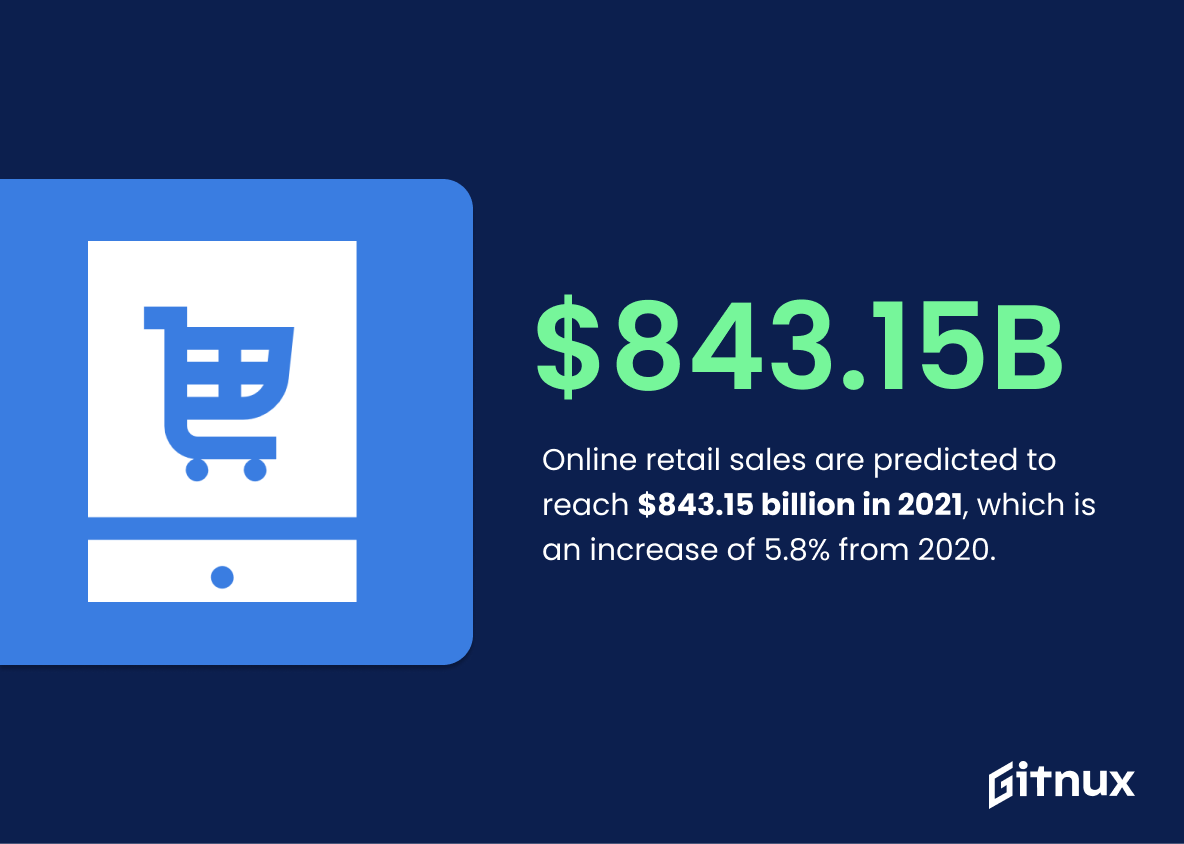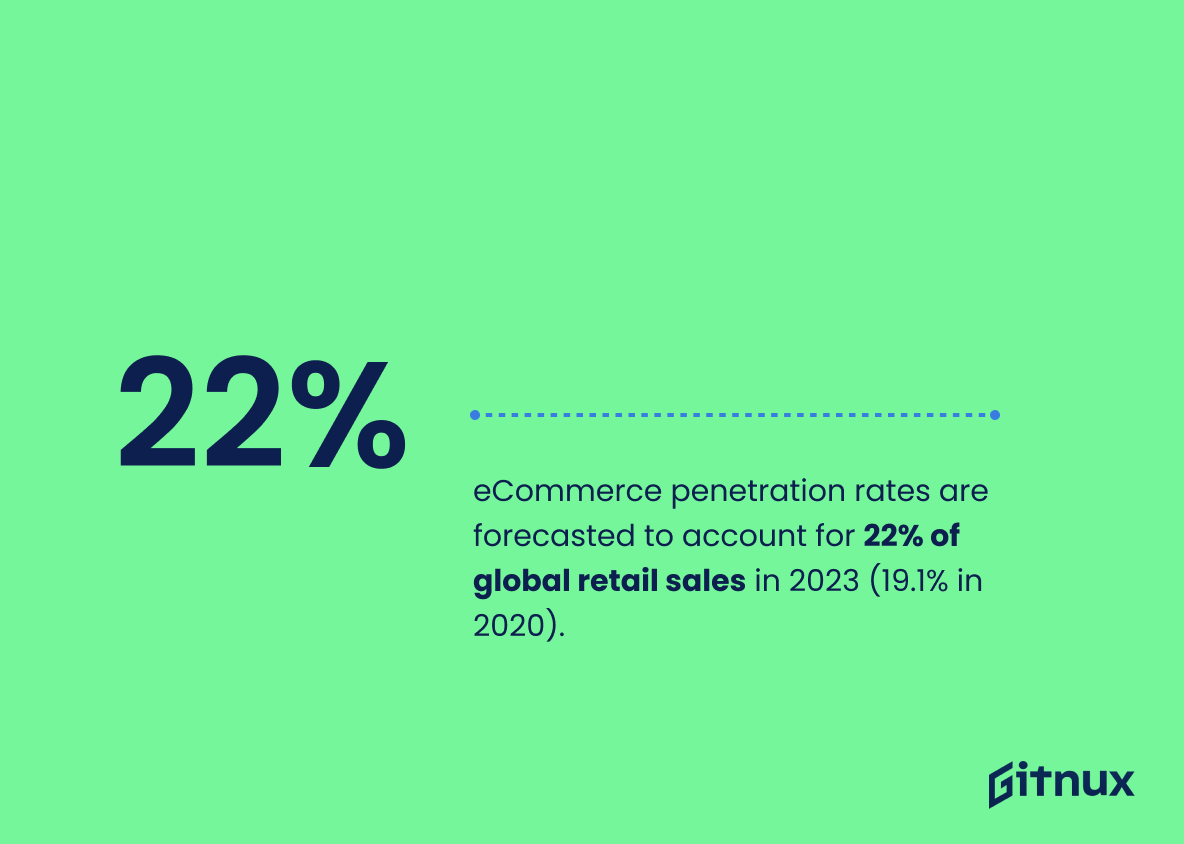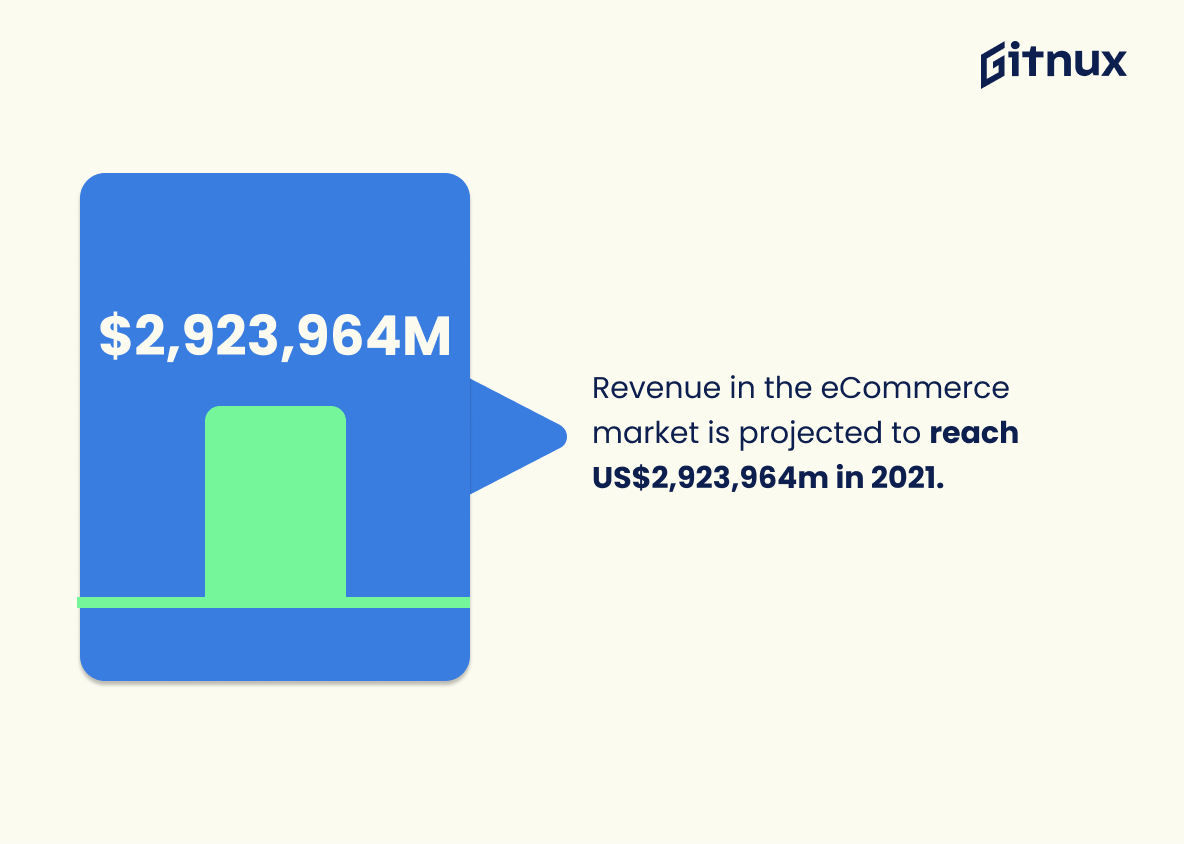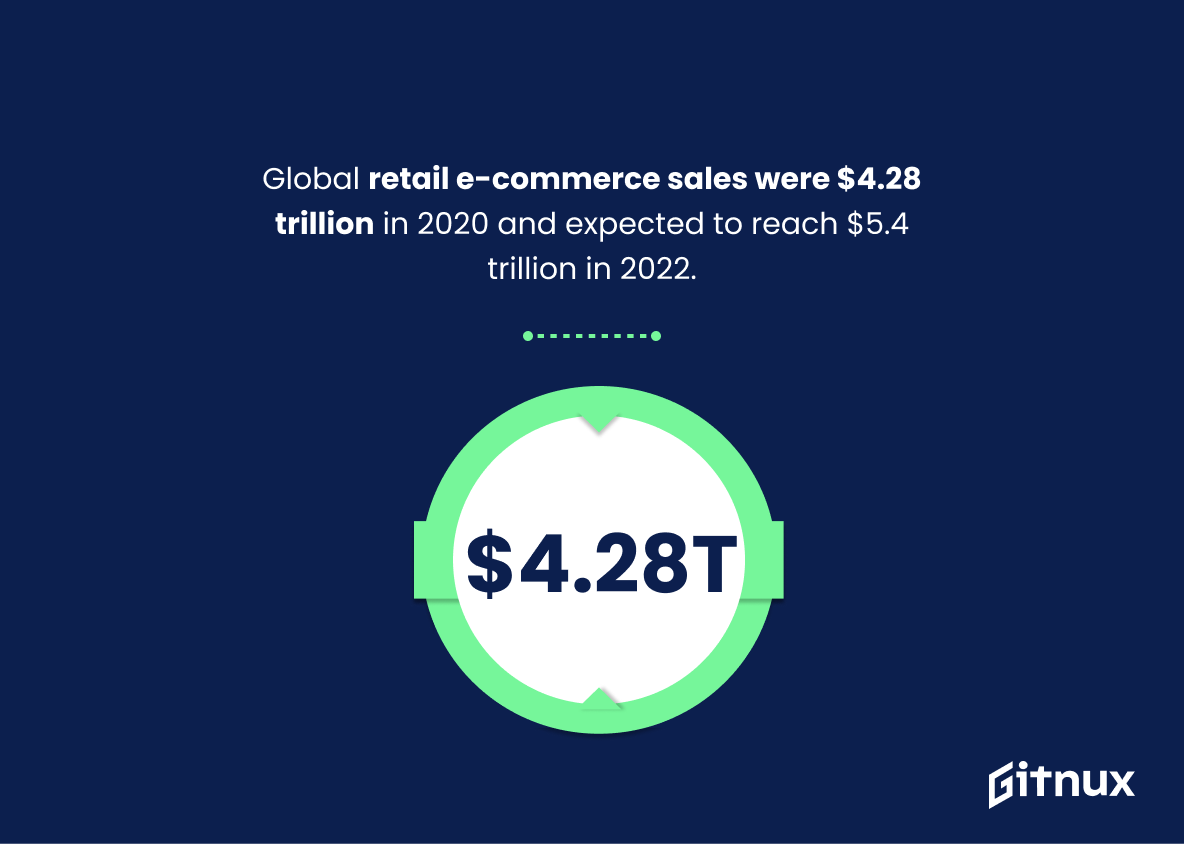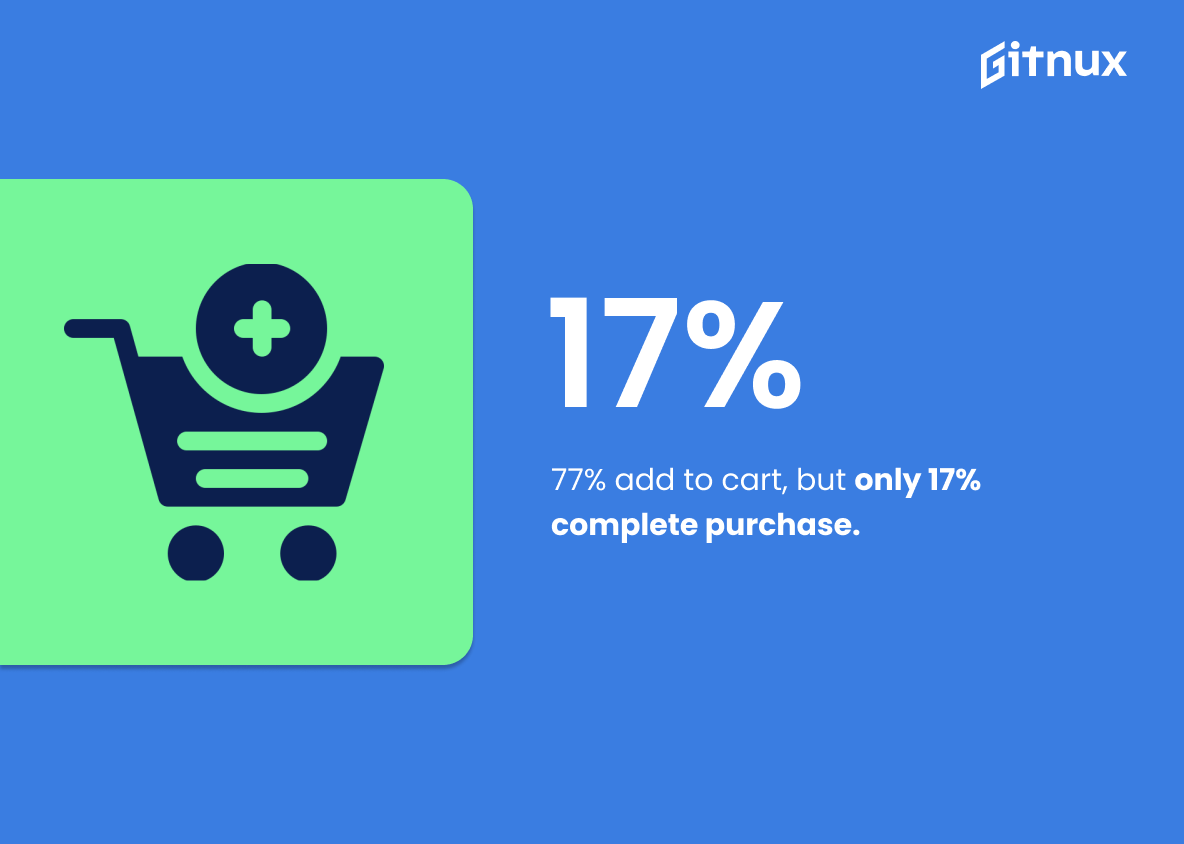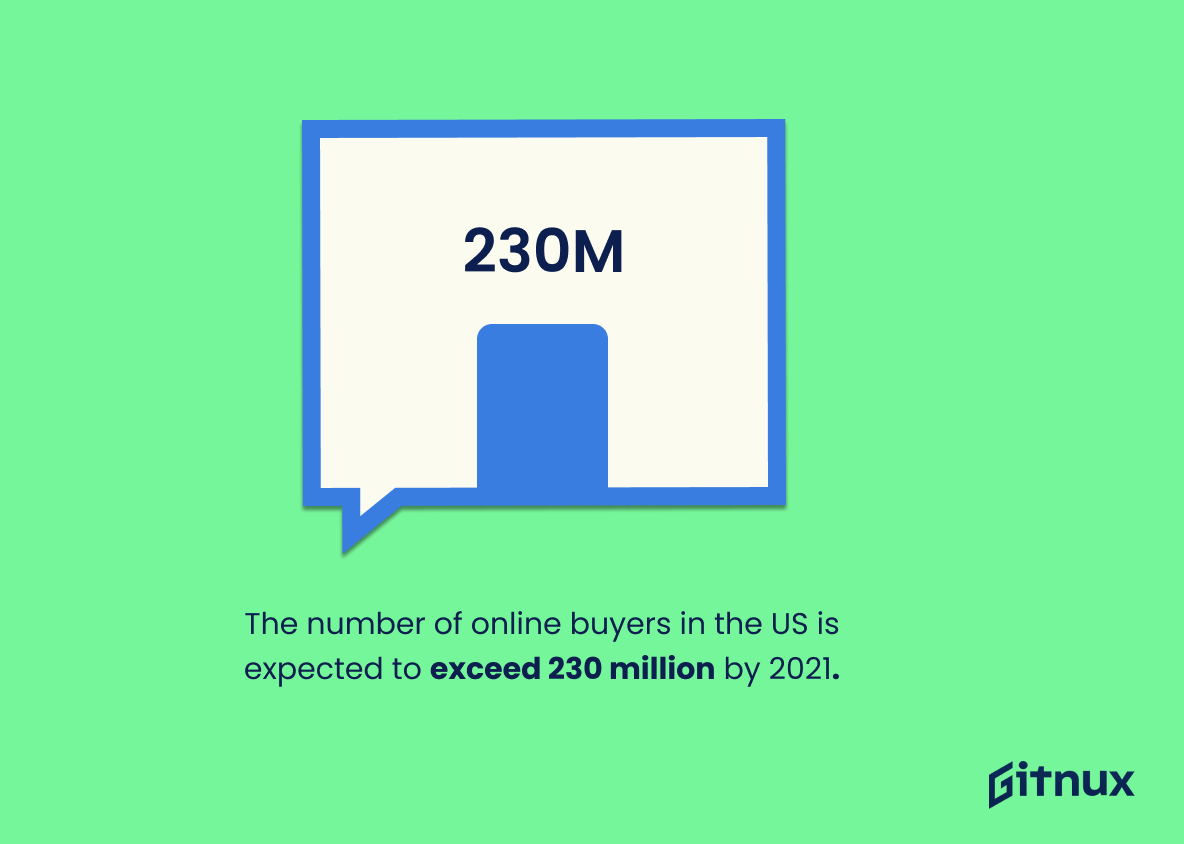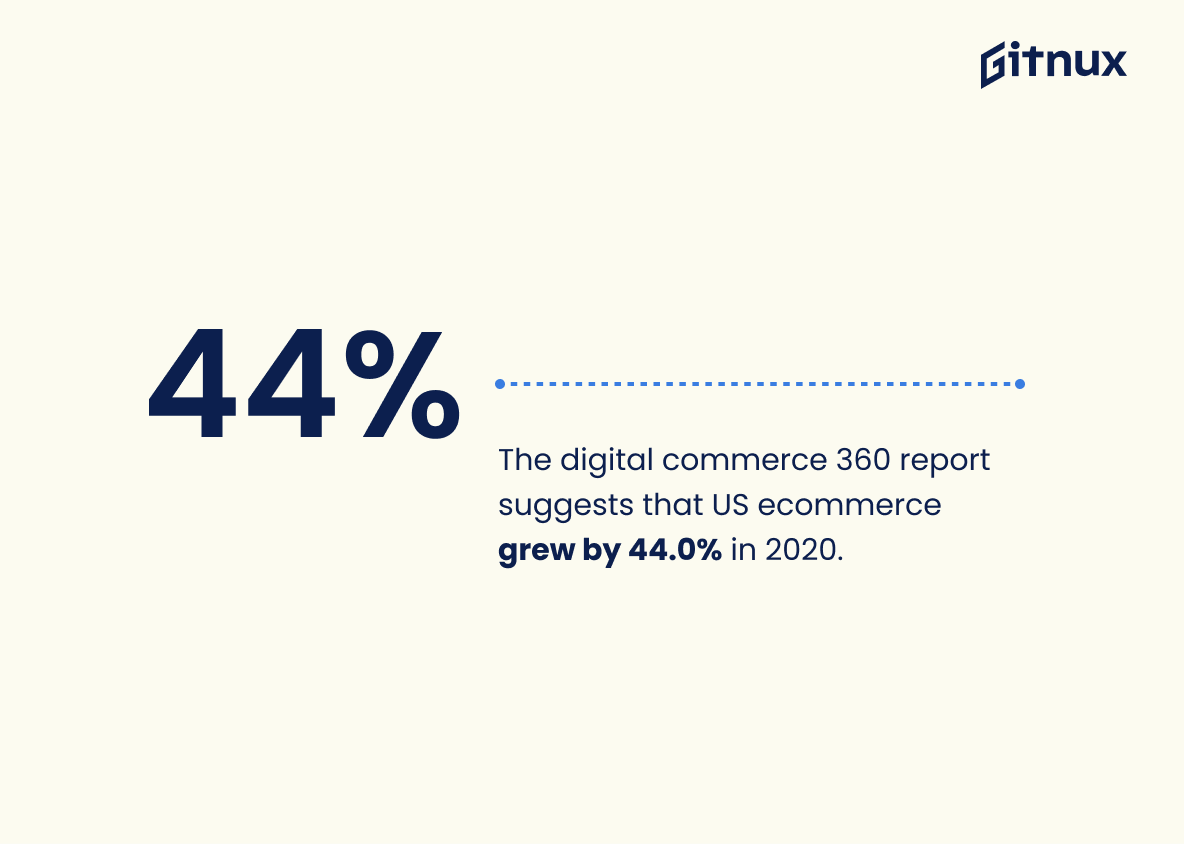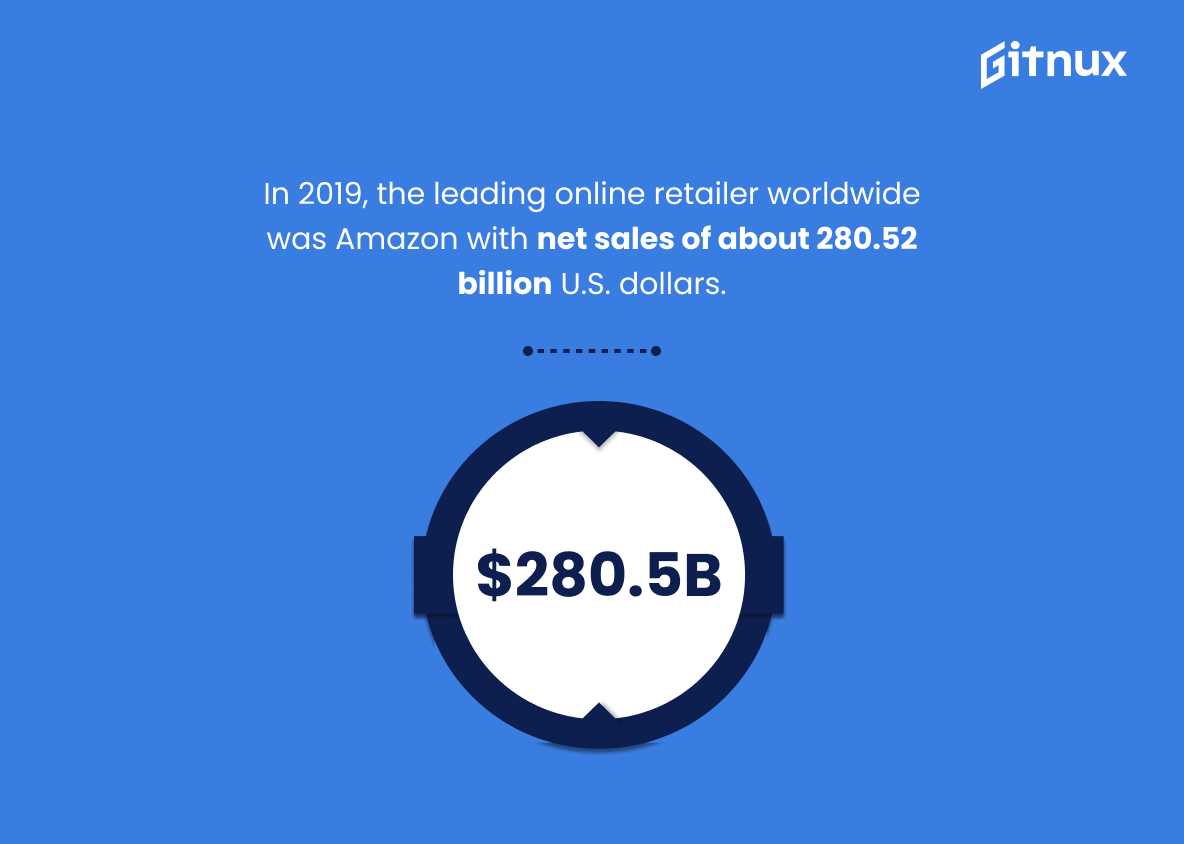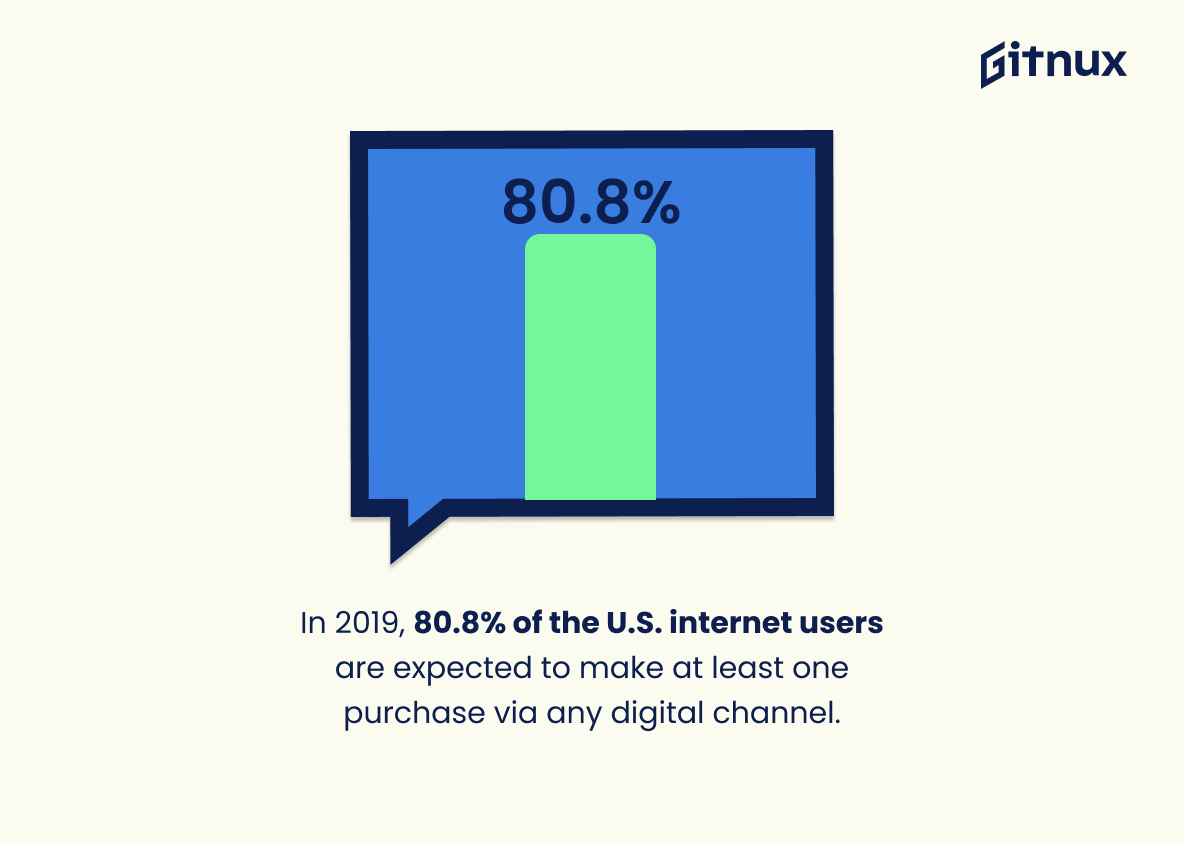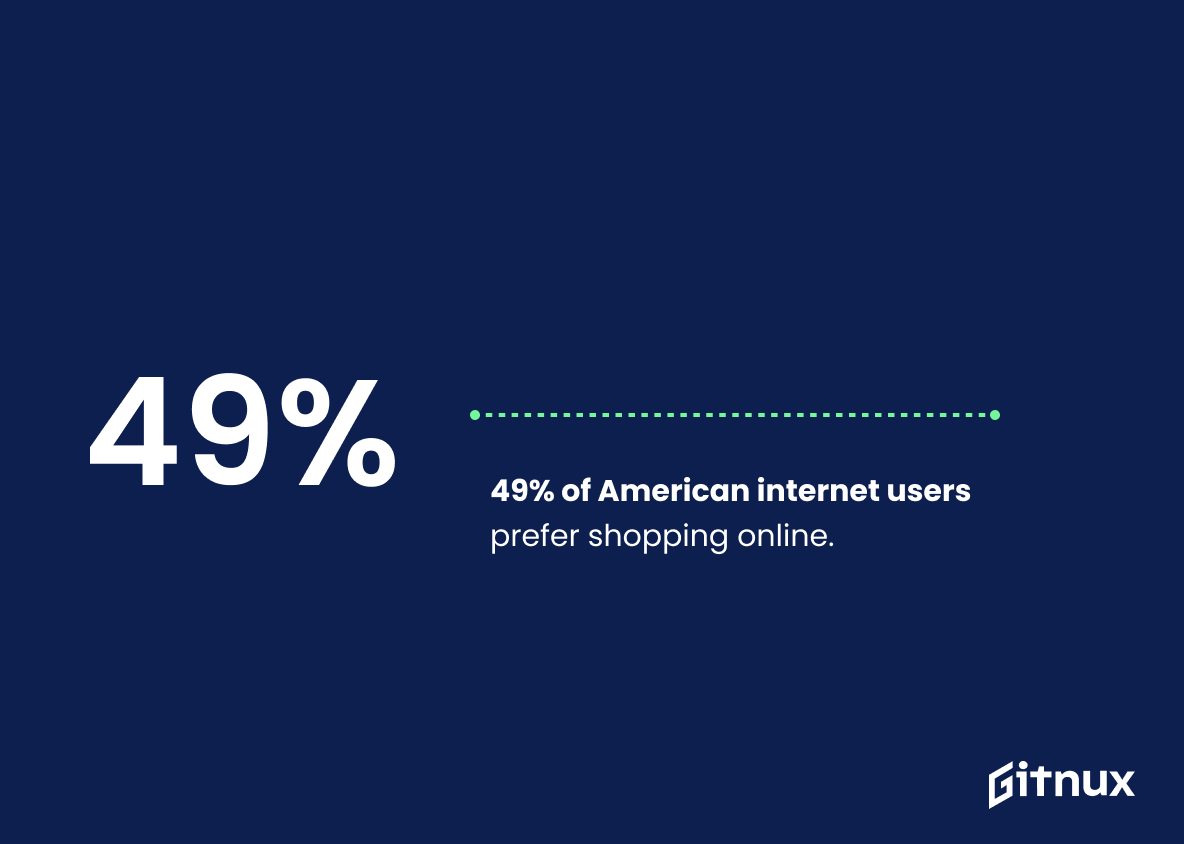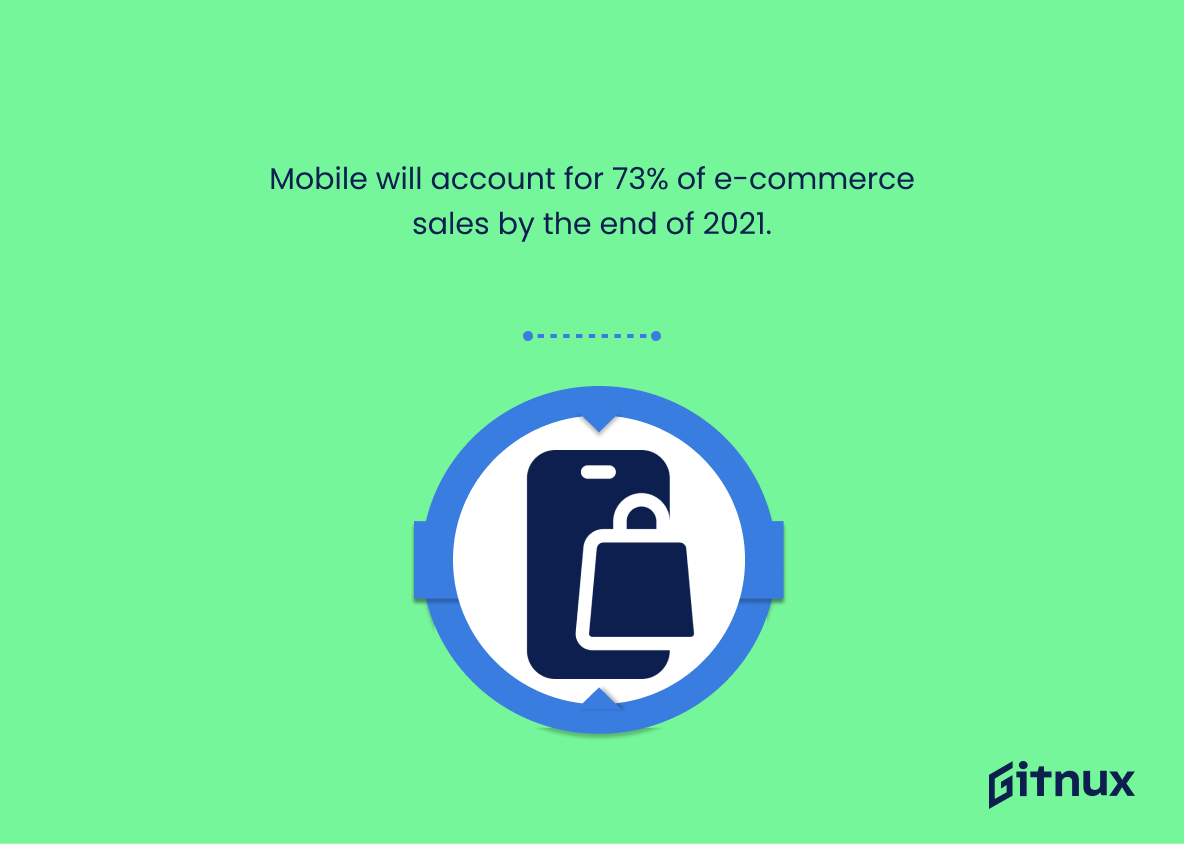As we continue to herald the advancements of the digital era, the online retail sphere has experienced explosive growth over the last few years. With consumers’ preference shifting from brick-and-mortar shops to online platforms, staying on top of the compelling landscape and the ever-evolving trends in the online retail industry is becoming more critical than ever. This blog post aims to delve deeper into the online retail industry by presenting key statistics that give us a clearer picture of its bourgeoning state. Whether you’re an e-commerce aficionado, a business owner navigating the digital marketplace, or just an interested reader, this wealth of information will remarkably underscore the scale and trajectory of the online retail industry, offering valuable insights to better understand its panorama.
The Latest Online Retail Industry Statistics Unveiled
Online retail sales are predicted to reach $843.15 billion in 2021, which is an increase of 5.8% from 2020.
Diving into the bustling highway of the online retail industry, it’s paramount to grasp the scale and growth trends. With a dazzling projection of the industry securing $843.15 billion in 2021, painting a growth trajectory of a notable 5.8% surge from the prior year, an unfolding drama of evolution reveals itself. This isn’t just a digit or a percentage, it’s the heartbeat of an entire industry, a declaration of its relentless forward march. It’s a harbinger of the industry’s potential, indicating a growing customer preference for online shopping and a promising landscape for existing participants and entrants alike. This detonation of growth isn’t just providing thrust to the online retail industry, it’s actively shaping consumer habits, technological advancements and competitive strategies. Therefore, this scintillating revelation is certainly not to be taken lightly in the discourse on online retail industry statistics.
Over 2.14 billion people worldwide are expected to buy goods and services online in 2021.
Illuminating the enormity of the digital marketplace, this statistic offers a peek into the colossal scale of potential customers lurking in the realm of online shopping come 2021. Beyond merely being an impressive figure, the estimated 2.14 billion people worldwide forecasted to secure goods and services online serves as a vital indicator of the mounting influence and reach of the Online Retail Industry.
Subtly waving a flag of immense growth potential, this statistic underpins the turbocharged shift towards a globally digital economy. It highlights the swift dissolution of geographic boundaries in commerce, ushers Retailers into a dynamic, ever-expanding marketplace ripe with opportunities for business expansion, enhanced customer reach and amplified sales revenue. Moreover, it underscores the escalating importance of investing in robust e-commerce platforms and digital marketing strategies for businesses seeking to keep pace with the burgeoning digital shopping phenomenon and capitalize on the tremendous wave of online consumer spending. The future of retail takes center stage–underscored by over 2.14 billion reasons to pay attention.
eCommerce penetration rates are forecasted to account for 22% of global retail sales in 2023 (19.1% in 2020).
As we manoeuvre through the digital revolution, the aforementioned statistic unveils a considerable insight into the escalating growth trajectory of the ecommerce sector. With ecommerce forecasted to comprise 22% of global retail sales by 2023, advancing from 19.1% in 2020, it uncovers a definitive shift in consumer behavior patterns.
Navigating through this marked surge, readers of the blog post would gain a stronger comprehension of the dynamic landscape of online retail. This serves as a vital piece of information for businesses to understand the importance of having a strong online presence, gearing up their digital strategies, and potentially enjoying the bounty of a growing ecommerce market.
Consequently, the world of retail is not just growing, but morphing, with Internet usage and online shopping becoming routine. The robust growth in the ecommerce penetration rate is indicative of this trend, making this piece of statistic a noteworthy highlight in a blog post about Online Retail Industry Statistics.
Revenue in the eCommerce market is projected to reach US$2,923,964m in 2021.
Unraveling the immense value of the eCommerce market, a fascinating insight illustrates that 2021 is anticipated to witness a colossal peak in revenue, hitting the mammoth US$2,923,964 million mark. This not only puts a spotlight on the staggering growth of online retail but also underlines its crucial role in shaping the future of global commerce. In the realm of online retail industry statistics, this figure paints a vivid picture about the monetary potential of the sector, forecasting a favorable backdrop for entrepreneurs, investors, and established business conglomerates alike. With this projection, the eCommerce industry emerges not merely as a marketplace, but a goldmine, signaling prosperous opportunities for profits, partnerships, and expansion.
Retail e-commerce sales worldwide amounted to 4.28 trillion US dollars in 2020 and e-retail revenues are projected to grow to 5.4 trillion US dollars in 2022.
The dynamism of the digital era is beautifully encapsulated in this impressive statistic: the whopping $4.28 trillion spent on retail e-commerce worldwide in 2020. This number becomes an even more compelling landmark on the e-commerce landscape when we consider that it is set to catapult to an even mightier $5.4 trillion in 2022. The stat takes center stage, mirroring the burgeoning growth of the industry, the impressive acceptance of online shopping by global consumers, and their ever-deepening trust in digital transactions. It propels out of the screen, challenging retailers to drastically upgrade their e-commerce game,while it also provides an encouraging nudge for those contemplating jumping on the e-commerce bandwagon. All these continue to solidify its weight and importance in any comprehensive discussion on the online retail industry’s statistics.
77% of online shoppers click on the ‘add to cart’ button, but only 17% of them complete their purchase.
Delving into the complex realm of online retail industry statistics, the startling revelation that 77% of online shoppers click on the ‘add to cart’ button, yet a mere 17% actually finalize their purchase, paints an intriguing picture. This phenomenon, often interpreted as ‘digital window shopping,’ uncovers hidden layers in the consumer behaviour pattern and are golden nuggets of information for online retailers.
While this metric might appear discouraging at first glance, it actually offers an incredible potential for growth. This apparent gap between cart addition and purchase completion presents a ripe opportunity for retailers to assess what factors may be discouraging consumers from closing the deal – whether it’s hidden fees, lengthy checkout processes, or simply poor website design. By troubleshooting these issues and implementing solutions, retailers can potentially reel back in a significant portion of these near-miss customers and transform barren carts into profitable sales.
Moreover, the statistic emphasizes the importance of employing comprehensive remarketing strategies. Reminding customers about their abandoned shopping carts via personalized email reminders or targeted ads could potentially ensnare customers who were on the fence or perhaps simply distracted from completing the purchase.
In essence, with this statistic at their disposal, businesses can enhance their sales conversions, apply more effective marketing strategies, and understand their consumers at a more profound level, thereby boosting their overall ROI in the burgeoning landscape of online retail.
The number of online buyers in the US is expected to exceed 230 million by 2021.
In the dance of numbers that is the Online Retail Industry Statistics, the projection for over 230 million online buyers in the US by 2021 emerges as a spotlight performer. This radiant figure twirls across the stage, capturing attention due to its potent implications. It exemplifies a continuously broadening customer base that businesses can engage with online, an arena in which geographic constraints blur to insignificance. If online retailers tap into this expanding market effectively, the profit potential could skyrocket. This is a clear call to action for retailers, a melody which whispers the urgency of an online presence, backed by superior customer service and an engaging user experience to charm this massive, ready-to-shop audience.
The digital commerce 360 report suggests that US ecommerce grew by 44.0% in 2020.
The surge of a whopping 44.0% in US eCommerce in 2020, as illustrated by the Digital Commerce 360 report, throws a radiant spotlight on the accelerating momentum of online retail. In an epoch dominated by digital interactions, this statistic firmly anchors the narrative of a transformative shift in purchasing habits. This compelling snapshot amplifies the importance of the digital marketplace in the dynamic ecosphere of retail, emphasizing the vibrant opportunities available for businesses in the online space. It stands as a powerful testament to the dramatic and swift evolution of the industry amid challenging times. Ultimately, it serves as a guiding star for existing players and aspiring participants in online retail, providing imperative insights into exploding consumer trends and shaping future strategies in this rapidly-progressing domain.
Global eCommerce sales are expected to top $4.9 trillion by 2021.
Grasping the projected sphere of $4.9 trillion global eCommerce sales by 2021 isn’t just fascinating—it’s truly foundational for understanding the digital marketplace’s seismic shift. This colossal figure, rising like a phoenix, tells a tale of the online retail industry’s unstoppable growth. It nudges entrepreneurs, investors, and retailers to recognize the digital shopping revolution, harness its potential, and gear up for a future that’s not just clicking, but strikingly booming. This particular statistic serves as a beacon, guiding businesses to comprehend changing consumer shopping habits and shape up their strategies accordingly for the flourishing eCommerce landscape. It confirms loud and clear: retail’s future is digital—immensely vast, diverse, and brimming with opportunities.
In 2019, the leading online retailer worldwide was Amazon with net sales of about 280.52 billion U.S. dollars.
Delving into the ocean of Online Retail Industry Statistics, the crest of the wave undeniably belongs to Amazon, exhibiting a whopping net revenue of approximately 280.52 billion U.S. dollars in 2019. This colossal figure not only underscores Amazon’s unassailable dominion over the global online retail landscape but also amplifies the overarching growth and potential inherent in the industry. This gigantic revenue generation becomes a benchmark for other competitors, providing them with a clear vision of the heights that can be reached in this remarkably thriving industry. Furthermore, the statistic illuminates the consumers’ robust trust and preference towards online shopping, signalling the surging trend away from traditional brick-and-mortar stores towards the more convenient and expansive online platforms. This undisputed recognition and success of Amazon brings forth the new era of online shopping, greatly shaping the future dynamics of the retail industry.
As of 2020, 63% of shopping occasions begin online.
In the bustling arena of the online retail industry, the statistic pointing out that as of 2020, 63% of shopping occasions begin online, serves as a powerful spotlight, highlighting a seismic shift in consumer behavior. This highlights the magnitude of the digital revolution, underlining the growing dominance of online shopping over traditional in-store experiences. It’s a compelling bit of numerical evidence that paints a clear picture of where the retail industry is headed, shaking up how businesses strategize their sales and customer interaction experiences. This digital pivot not only underscores the increasing importance of e-commerce platforms but also the need to optimize them for a superior shopping experience. As such, it’s an economic beacon that guides businesses to the ‘virtual aisles’ where the majority of shopping starts and in many cases, concludes.
In 2019, 80.8% of the U.S. internet users are expected to make at least one purchase via any digital channel.
Highlighting that 80.8% of U.S. internet users were predicted to make at least one purchase via a digital channel in 2019 paints a vivid picture of the growing significance of the online retail industry. This particular figure underscores the fundamental shift in consumer behavior that is favoring online purchases, thus underscoring the essentiality of online platforms for retailers. Experiencing this substantial surge in digital purchasing justifies the urgency for retail businesses to adapt their strategies in line with the online transition, ensuring they don’t miss out on the vast market potential. The hinted prediction embodied in this percentage further illustrates the trajectory of continued growth, thus becoming a compelling statement on the future direction of the retail industry: increasingly digital, increasingly online.
49% of American internet users prefer shopping online.
Diving into the pulse of the American internet landscape reveals a compelling narrative: nearly half of its users, to be precise, 49%, find themselves gravitating towards online shopping. This statistic serves as a spotlight, illuminating the significant sway the online retail industry holds over consumers’ shopping habits in the digital age. Bringing this to focus in the context of a blog post about Online Retail Industry Statistics not only underlines the industry’s potency but also showcases the growing preference for e-commerce. Moreover, this intriguing figure provides businesses with strategic insights into where their potential customers are likely to be found, thereby encouraging increased investment in the digital marketplace.
The second-largest online retailer is Alibaba Group, generating 57.56 billion U.S. dollars in e-retail revenues in 2019.
Highlighting the prowess of Alibaba Group as an e-retail giant exemplifies the global scale and potential of the online retail industry. With a staggering revenue of 57.56 billion U.S. dollars in 2019, Alibaba signifies a new wave in the e-commerce landscape, underscoring the vast opportunities and niches this vast industry presents. Its position as the second-largest online retailer illuminates the industry’s competitiveness, reinforcing the need for innovation and resilience. Thus, an understanding of Alibaba’s achievements forms a critical cogwheel in the complex mechanism of the online retail industry, forming a complete and persuasive portrait in the context of Online Retail Industry Statistics.
Mobile will account for 73% of e-commerce sales by the end of 2021.
An examination of this fascinating statistic reminds us of the insistent cadence of the mobile eCommerce symphony resounding across the globe. It plays a gripping melody, announcing a bold prediction – that a robust 73% of eCommerce sales will flow through mobile channels by the end of 2021. This crescendo captures the essence of the modern consumer’s lifestyle, permeated by the convenience of mobile shopping.
Adorning our blog post on Online Retail Industry Statistics, such a statistic confirms the ubiquitous presence of mobile devices used not just as means of communication, but as trusted virtual wallets. This dramatic ongoing shift towards mobile eCommerce or mCommerce tells a gripping story of changing consumer purchasing habits, and becomes a powerful clarion call for retail business owners. Whether it’s about website design, marketing efforts or customer service, aligning strategies with the trajectory of mobile shopping becomes a critical imperative for survival and success in this dramatic narrative.
40% of worldwide internet users have bought products online via desktop, mobile, tablet, etc.
Delving into the core of the online retail industry, it is illuminating to uncover that almost half of the worldwide internet users have actively engaged in e-commerce platforms – their weapon of choice for this digital battle being a diverse range of devices from desktops to tablets. This particular data sheds ample light on the progressive shift from traditional brick-and-mortar shopping to a more convenient, streamlined, and flexible online consumption model. With a substantial 40% of netizens walking this path, it is the bellwether of emerging market trends and the skyrocketing potential of e-commerce. Driving this point home, it’s a clarion call for online retailers to ramp up their strategies, refine their online platforms and relook consumer behaviors and preferences – all to capture this enormous and still burgeoning consumer base.
Generation X and Millennial shoppers are currently the most likely to make purchases online: 77% of 35–44 year olds and 72% of 25–34 year olds.
Delving into the digital shopping trends, it becomes evident that the spotlight shines brightly on the Generation X and Millennial shoppers. Accounting for 77% of 35-44 year olds and 72% of 25-34 year olds, these demographics are considerably the champions of online purchases.
In terms of online retail industry statistics, it brings forth a key insight that dominates the strategic terrain. It enables online retailers to determine their target audience effectively, tailoring marketing campaigns that resonate with the interests, habits, and preferences of these age groups. It is akin to discovering a treasure map where X and Millennials mark the spot, leading online businesses to where the greatest potential for revenue generation lies.
Furthermore, it signifies the importance of building an online platform that appeals to this tech-savvy generation who are comfortable with the digital realm. Creating an online experience that matches their purchasing behaviors can vastly influence the conversion rates and ultimately the overall growth and success of the e-commerce sector.
In short, it’s like finding the pulse of the online market, one that beats strongest among the Gen X and Millennials, dictating how e-commerce must evolve to stay alive and thrive. Thus, this statistic transforms from a mere number to a crucial compass directing the journey of online retail industry.
Online orders increase 8.9% in Q3 2017, but average order value (AOV) increased only 0.2% — indicating that transactional growth is outpacing total revenue growth.
Diving into the core of this intriguing statistic, it uncovers a captivating tale of the expanding digital market in the Online Retail Industry. With a significant 8.9% surge in online orders in Q3 2017, it’s safe to say that consumer behavior is shifting more towards online purchases, setting the stage for a more digitalized retail era.
However, when contrasted with a meager 0.2% hike in the average order value, it’s clear as crystal that this digital leap isn’t matching pace with revenue growth. The narrative woven by the numbers suggests an interesting twist – while more consumers are hopping onto the digital bandwagon, they, however, aren’t spending more money per transaction.
This disparity between transactional growth and revenue growth delivers invaluable insights to online retailers, offering them a chance to refine their marketing strategies, to not just lure customers into making transactions, but to incrementally increase the value of each transaction for boosted revenue growth. Hence, the statistic gives rise to intriguing questions and discussions around customer spending habits, marketing effectiveness and pricing strategies within the Online Retail Industry.
Conclusion
The impressive and constantly evolving statistics surrounding the online retail industry clearly indicate its significance and potential growth. It’s evident that the industry is not only here to stay but is positioned for exponential growth. Savvy businesses are recognizing these trends and taking action accordingly by integrating digital shopping platforms, implementing AI technology, and prioritizing personalized consumer experiences. Staying informed about these statistics and understanding the behavior of online consumers are crucial for any business seeking to thrive in this digital age. The future of retail is undeniably going digital, thereby redefining how the global retail ecosystem operates.
References
0. – https://www.www.statista.com
1. – https://www.99firms.com
2. – https://www.www.marketingprofs.com
3. – https://www.www.shopify.com
4. – https://www.www.emarketer.com
5. – https://www.www.thinkwithgoogle.com
6. – https://www.www.oberlo.com
7. – https://www.www.godatafeed.com
8. – https://www.www.digitalcommerce360.com
